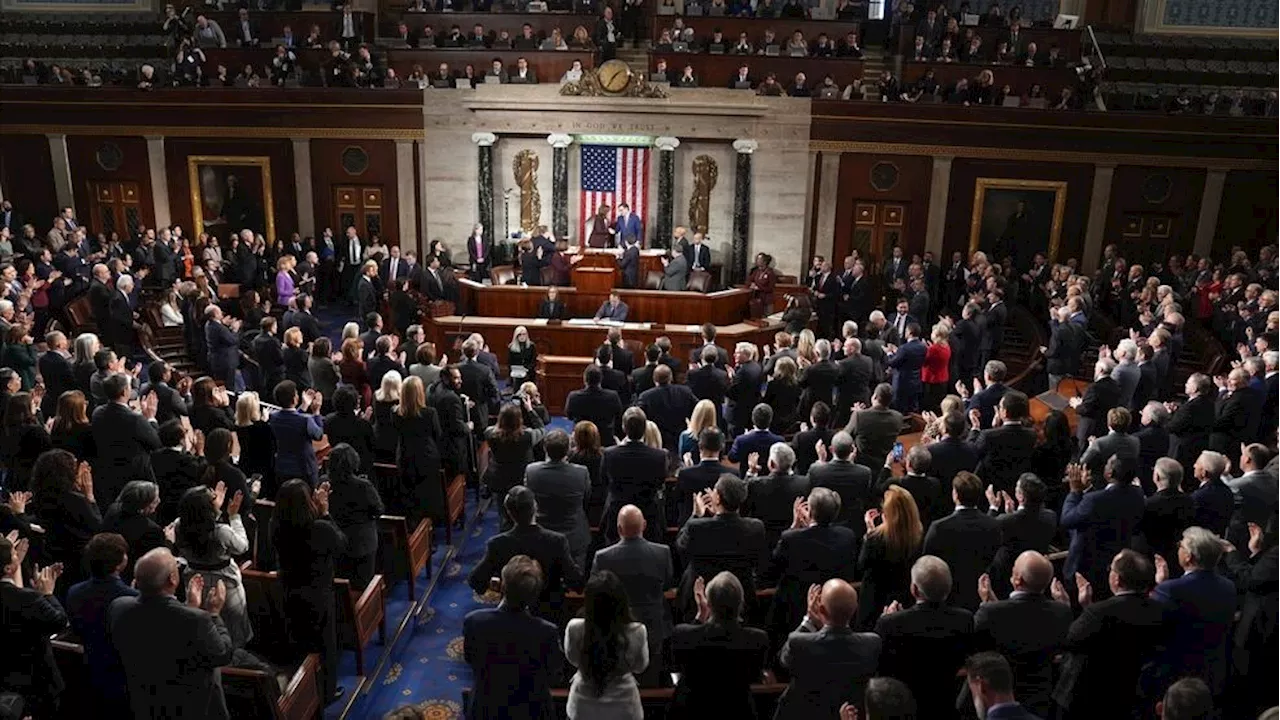A new report reveals the trends in American home improvement spending, highlighting a strong commitment to homeownership and a focus on personalization and functionality.
A recent study has unveiled the home improvement expenditures of Americans over the past year, illuminating the prevailing and waning trends in how individuals are choosing to modify their living spaces. The 2024 Angi State of Home Spending Report delves into the most prevalent home improvement projects undertaken by Americans last year, revealing that certain renovations have garnered greater popularity than others.
Total spending on home projects experienced a 12 percent decline in 2024, according to the report. However, a promising 93 percent of homeowners are anticipating projects in 2025, while 46 percent plan large-scale endeavors over the next five years, such as kitchen remodels (31 percent) and bathroom upgrades (28 percent). When examining home improvement spending across different generations, one group emerged as the most significant investors. Baby Boomers, individuals born between 1946 and 1964, invested an average of $14,140 in home projects in 2024. They were closely followed by Millennials, born between 1981 and 1996, who spent an average of $12,101 last year. Gen X (1965-1980) ranked third, averaging $11,781 in spending last year, trailed by the Silent Generation (1928-1945) in fourth place with $11,620 and Gen Z (1997-2012) in fifth place with an average spending of $9,592 last year. Although they represented the lowest-spending generation, Gen Z notably executed the highest number of projects, averaging 10 per homeowner in 2024. Millennials came in second place with 9.3 projects, underscoring a hands-on approach to homeownership across all generations, as indicated by the study.Home improvements accounted for the majority of spending across all generations, followed by maintenance and emergency expenditures. Gen Z was the sole generation to allocate more funds to emergencies than maintenance. Furthermore, 67 percent of homeowners expressed a preference for renovating their existing homes to better suit their needs rather than relocating. The findings of the State of Home Spending report were derived from surveys conducted among 6,961 individuals between November 8, 2024, and November 18, 2024. The report employed a general population survey methodology, with the results weighted to align with general population statistics for age and gender to determine average spending and project volume. Quotas were implemented for age and gender to ensure a representative sample of US homeowners. Angie Hicks, Co-Founder of Angi, commented: 'Homeowners are clearly committed to their homes. Even as economic pressures and challenges to completing projects intensify, the desire to create functional, personalized, and well-maintained spaces remains stronger than ever. The optimism for 2025 reflects the enduring value of homeownership as both a financial and emotional investment.' Have you transformed your house into something you're proud of? Whether it's a DIY project or a full-scale renovation, share your success stories with us. Let us know via [email protected], and your dream home could be featured on Newsweek
HOME IMPROVEMENTS TRENDS SPENDING GENERATIONS BABY BOOMERS MILLENNIALS GEN Z ECONOMIC PRESSURES
United States Latest News, United States Headlines
Similar News:You can also read news stories similar to this one that we have collected from other news sources.
 Maximum bruiser for the money | Six of the BestBig power, big pace, big presence - big value
Maximum bruiser for the money | Six of the BestBig power, big pace, big presence - big value
Read more »
 Holiday Spending Leaves Many Americans in DebtA survey by LendingTree revealed that 42% of US consumers faced interest rates of 20% or higher on their holiday purchases, exacerbating financial strain. Rising inflation contributed to increased spending, putting a strain on those living paycheck to paycheck. Most consumers financed their holiday spending using credit or store cards, with 'buy now, pay later' options also gaining popularity. While convenient, these methods can lead to significant financial burdens if repayment is prolonged. Experts recommend creating a budget, making small sacrifices, and prioritizing debt repayment to manage holiday spending debt.
Holiday Spending Leaves Many Americans in DebtA survey by LendingTree revealed that 42% of US consumers faced interest rates of 20% or higher on their holiday purchases, exacerbating financial strain. Rising inflation contributed to increased spending, putting a strain on those living paycheck to paycheck. Most consumers financed their holiday spending using credit or store cards, with 'buy now, pay later' options also gaining popularity. While convenient, these methods can lead to significant financial burdens if repayment is prolonged. Experts recommend creating a budget, making small sacrifices, and prioritizing debt repayment to manage holiday spending debt.
Read more »
 Trump's Spending Freeze Cripples Aid Programs for Vulnerable AmericansThe White House order halting billions in federal funding has sent shockwaves through essential programs like Meals on Wheels, leaving vulnerable Americans, including seniors, facing hunger. The author condemns the silence surrounding this issue and highlights the stark contrast between the lavish meals enjoyed by President Trump and his guests abroad and the plight of struggling citizens within the United States.
Trump's Spending Freeze Cripples Aid Programs for Vulnerable AmericansThe White House order halting billions in federal funding has sent shockwaves through essential programs like Meals on Wheels, leaving vulnerable Americans, including seniors, facing hunger. The author condemns the silence surrounding this issue and highlights the stark contrast between the lavish meals enjoyed by President Trump and his guests abroad and the plight of struggling citizens within the United States.
Read more »
 Why Americans Are Angry: A Look at Spending Habits and Consumer PessimismAn analysis of spending habits and consumer surveys reveals the reasons behind Americans' persistent feelings of unease, despite positive economic indicators.
Why Americans Are Angry: A Look at Spending Habits and Consumer PessimismAn analysis of spending habits and consumer surveys reveals the reasons behind Americans' persistent feelings of unease, despite positive economic indicators.
Read more »
 Things Most Americans Have That Non-Americans Find SurprisingA recent online discussion revealed some interesting differences in household items between Americans and people from other countries.
Things Most Americans Have That Non-Americans Find SurprisingA recent online discussion revealed some interesting differences in household items between Americans and people from other countries.
Read more »
 Republican Impasse on Spending Bill: One Big Bill or Two?Republicans are struggling to agree on the structure of a spending bill as they navigate slim majorities in both the House and Senate. While the House favors a single comprehensive bill, the Senate leans towards dividing the legislation into two separate packages. This disagreement stems from various policy priorities, including immigration, border security, and tax cuts, with some Republicans urging for a unified approach to maximize legislative success.
Republican Impasse on Spending Bill: One Big Bill or Two?Republicans are struggling to agree on the structure of a spending bill as they navigate slim majorities in both the House and Senate. While the House favors a single comprehensive bill, the Senate leans towards dividing the legislation into two separate packages. This disagreement stems from various policy priorities, including immigration, border security, and tax cuts, with some Republicans urging for a unified approach to maximize legislative success.
Read more »
